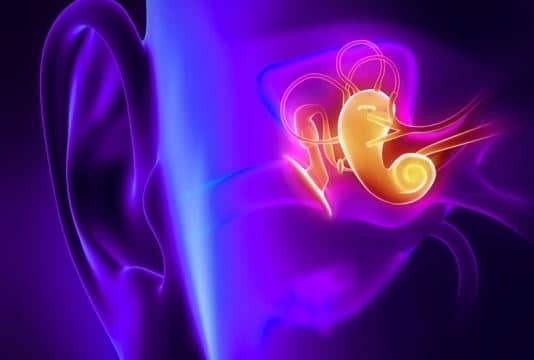CAMBRIDGE, MASSACHUSETTS — Researchers at Massachusetts Institute of Technology (MIT), along with a pediatric otolaryngologist at Connecticut Children’s Medical Center, have developed a device that could significantly improve the ability of doctors to accurately diagnose ear infections (otitis media).
The device, which is said to ultimately function much like a typical otoscope, utilizes shortwave infrared light to penetrate deeper into the ear tissue to reveal potential fluid buildup behind the eardrum.
The researchers published their findings this week in the Proceedings of the National Academy of Sciences.
Improved Accuracy
While specialized equipment is available to offer a more accurate diagnosis, these tools are expensive and not typically found in primary care offices or those of pediatricians, who see the majority of cases.
According to lead study author, Jessica Carr:
“A lot of times, it’s a fifty-fifty guess as to whether there is fluid there. If there’s no fluid, there’s no chance of an infection. One of the limitations of the existing technology is that you can’t see through the eardrum, so you can’t easily see the fluid. But the eardrum basically becomes transparent to our device.”
Millions of children are diagnosed with otitis media each year. While the rate of office visits for ear infections has gone down by nearly 30% in the past 20 years in the United States, rates of antibiotic prescriptions have remained essentially the same. Due to the growing concern over antibiotic resistance, doctors are urged to use caution when prescribing antibiotics as a first course of action for patients with suspected otitis media.
Furthermore, according to the researchers, studies have shown that otitis media diagnosis accuracy was surprisingly low, at only 51% correct.

Structures of the middle ear, plus images of eardrum using conventional otoscope (top right) and by the newly developed short-wave infrared (SWIR) otoscope (bottom right).
Promising Initial Test Results
Following successful testing on 10 adults, researchers are evaluating the device on pediatric patients to determine the accuracy of their results.
If successful, the team plans to commercialize the device for widespread use by medical professionals. Once commercialized, the cost will depend on the infrared imaging system. Infrared costs have fell significantly in recent years as those systems were adopted other industries.
The research behind the creation of the device was supported by the Laser Biomedical Research Center at MIT and funded by the NIH, Institute for Soldier Nanotechnologies, and the Air Force Office of Scientific Research.
Source: MIT News; images courtesy MIT and PNAS








I am just wondering what IR wavelength range do they using. Hopefully its no longer than 1.2 um. If yes, the cost of imaging system in far IR will be to high to be available for many professionals.